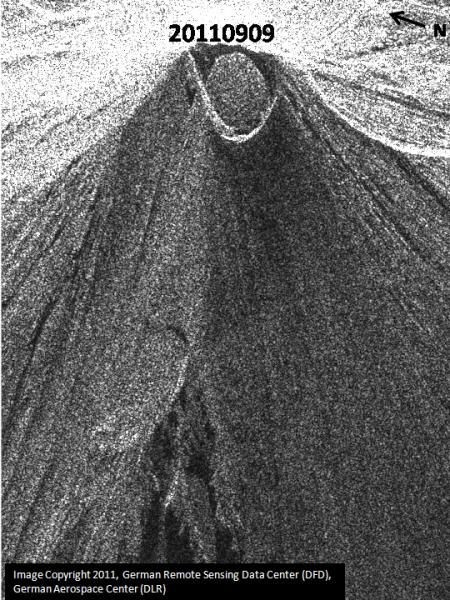Cleveland Volcano Could Blow Up at Any Moment

The Cleveland volcano's lava dome is continuously growing, a sign of any-time-soon eruption, according to the Alaska Volcano Observatory.
Scientists have observed that the lava dome has expanded from 50 metres to 60 metres in the past week alone.
The volcano is on a slow eruption with thick and pasty lava oozing out of it. The Cleveland volcano's last major eruption was in 2001.
"The lava's so viscous, it doesn't flow like you're used to seeing in pictures of Hawaii, where it's fluid and runny. So it piles up and makes a round, dome-like lava flow," the Anchorage Daily News quoted volcanologist Steve McNutt as saying.
Eruptions of the Cleveland Volcano are closely watched by the airline industry as any explosive eruption could lead to disruption of trans-Pacific air traffic.
According to scientists, explosive eruptions are characteristic of Alaskan volcanoes. An explosion in December 2011 sent out volcanic ash up to a height of 15,000 feet.
"There's a half-dozen major flight paths that go from Asia to North America and Europe that fly over Alaska airspace. So it does depend on which way the wind is blowing but there are a number of paths that are near it," McNutt said.
The 5,676-foot Cleveland volcano is situated in the uninhabited Chuginadak Island about 940 miles southwest of Anchorage.
© Copyright IBTimes 2025. All rights reserved.



















